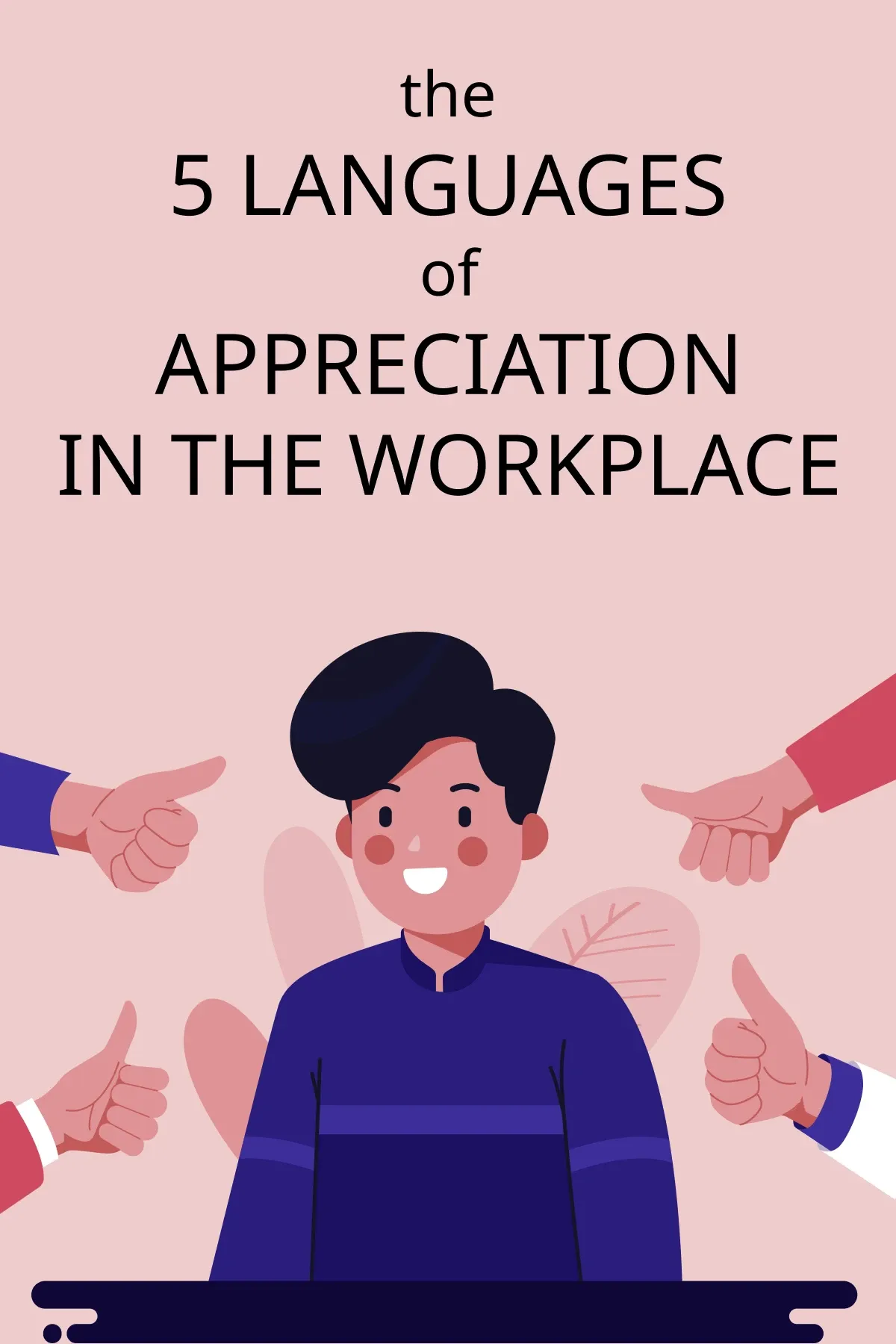
Nice Girls Don’t Get the Corner Office
Brief Summary
“Nice Girls Don't Get the Corner Office” by Lois P. Frankel is a career playbook for women. It reveals the unspoken rules that might be hindering the rise to the top. The book presents savvy tips and eye-opening anecdotes to help women shed the "nice girl" persona, boost their confidence, and seize those coveted corner offices.
Topics
Key points
Key idea 1 of 11
In the modern workplace, success is often determined not just by qualifications and skills but by societal expectations. Women, in particular, face unique challenges in their careers. Girls suffer from the way they have been socialized within our culture. From an early age, girls are taught to conform to stigmatized feminine behaviors. They should exhibit courtesy, gentleness, obedience, and dedication to relationships. If you stray from these norms, you are sure to be unfairly labeled.
Susan is one of countless girls who experienced the pressures of conforming to the "nice girl" stereotype. She has been the only girl among her siblings. Being a "good girl" earned her attention and support from family and peers. However, these very behaviors hindered her career progression. Despite her qualifications and experience, she faced career stagnation while her male colleagues advanced rapidly. Susan was known for her charming personality, petite figure, and soft voice. While well-liked by colleagues, she wasn't considered for higher-level positions or influential projects.
To overcome these challenges, women like Susan must recognize the impact of their socialization. They should actively work to break free from gender stereotypes. It is crucial to assert yourself confidently, participate in decision-making processes, and advocate for your rights. Even though Susan did well in things society considers "girly," like being a good daughter, a top cheerleader, and a reliable friend, these achievements didn't help her career.
Gender inequality has deep historical roots, with women gaining voting rights after World War I. In some countries, women needed their husband's approval for work contracts until the 1970s. Despite progress, gender disparities persist, especially in pay and leadership. For example, Hispanic women in the US earn only 59% of what Hispanic men do, while Caucasian women fare slightly better at 77%. These disparities begin right after college, with female graduates earning 8% less than males. Globally, only 8% of top executives are women, and there are only 20 female heads of state worldwide.
FAQ
You may also like these summaries











